What is IoT?
IoT, or the Internet of Things, refers to the connection of everyday objects, or “things,” to the internet, allowing them to collect, transmit, and share data. This interconnected network of devices transforms previously “dumb” objects, such as toasters or security cameras, into smart devices that can interact with each other and their environment.

Every aspect of our lives is soon to be affected. We will experience an unprecedented step-change, on every level – from the way we run our homes and businesses, to how we interact with the cities we live in.
How does IoT work?
The Internet of Things (IoT) is a system of interrelated devices that are embedded with sensors, software, and network connectivity to collect and exchange data. The IoT allows these objects to communicate with each other over the internet, and to be controlled remotely.
The IoT works by connecting devices to the internet through a variety of technologies, such as Wi-Fi, Bluetooth, and cellular networks. Once devices are connected to the internet, they can send and receive data. This data can be used to track the devices, monitor their performance, and control their behavior.
The IoT is made possible by three key technologies:
- Sensors: Sensors are devices that collect data from the physical world. They can measure things like temperature, humidity, light, motion, and sound.
- Networks: Networks connect the sensors to the internet. They can be wired or wireless networks.
- Software: Software is used to collect, store, and analyze the data collected by the sensors. It can also be used to control the devices.
The IoT is a complex system, but it is becoming increasingly common. It is used in a wide variety of applications, including:
- Smart homes: Smart homes use IoT devices to control things like lights, thermostats, and appliances.
- Industry 4.0: Industry 4.0 uses IoT to automate factories and improve efficiency.
- Healthcare: The IoT is used in healthcare to monitor patients and track their health data.
- Transportation: The IoT is used in transportation to track vehicles and improve traffic flow.
- Agriculture: The IoT is used in agriculture to monitor crops and livestock.
For a list of all sectors and case studies, please visit this page.
1. IoT Applications
Automotive
Imagine driving to work on roads embedded with sensors – streetlights turn on as and when needed whilst cameras placed along your route monitor for congestion and incidents, which your connected car receives in real time, and adjusts its self-driving route accordingly whilst you sit back and simply enjoy the automated ride.
Work environment
A couple of hours into your day, your connected workspace notices that you’ve been sitting for too long and reminds you to get up and move around, which is a good thing because you’re watching your steps carefully through your smart watch and so is your healthcare insurance provider in order to adjust your premiums based on your level of activity.
mHealth
Whilst on your walk, you realise that you haven’t heard from your elderly mum, so you give her a call but she’s not answering her mobile. No problem, it takes just a sec to check in on her via a connected ‘caregiver’ – the wearable tech that monitors her movements, heart rate and reminds her to take her medication.
Smart Home
Then, it’s not too long until it’s time to head home but the thought of cooking leaves you cold – you could be doing something else like taking a virtual reality (VR) yoga class. So, you leave it up to the connected scale on your kitchen counter top, your smart fridge and intelligent oven to do the chore for you.
Wellbeing
Finally, your bed is calling – no, literally! Its sensors have calculated the hours of sleep you missed last week and has set the perfect temperature to ensure you don’t wake up in the night from feeling too hot or too cold, it’s monitoring the position you achieve deep-sleep best in and predicting a personalised optimum time for lights-out which your smart home responds to.
IoT in Our Homes
IoT technology has the potential to revolutionize the way we live by making our homes smarter and more efficient. Examples of IoT applications in our homes include:
- Smart thermostats that learn our preferred temperature settings and adjust accordingly
- Connected appliances that can be controlled remotely or through voice commands
- Home security systems that can be monitored and controlled from our smartphones
IoT in Businesses
IoT is also transforming the business landscape by streamlining operations, reducing costs, and improving decision-making. Examples of IoT applications in businesses include:
- Supply chain and inventory management through real-time tracking of goods
- Predictive maintenance for industrial equipment, reducing downtime and maintenance costs
- Enhanced customer experiences through personalized marketing and targeted promotions
IoT in Our Cities
By embedding IoT sensors into the infrastructure we use every day, our cities can become cleaner, safer, and more efficient. Examples of IoT applications in cities include:
- Smart traffic and public transport management
- Intelligent waste management
- Environmental monitoring
- Smart metering systems for utilities
See, IoT has your back. It’s helpful, its perceptive and it’s quick … but how? Let’s break it down.
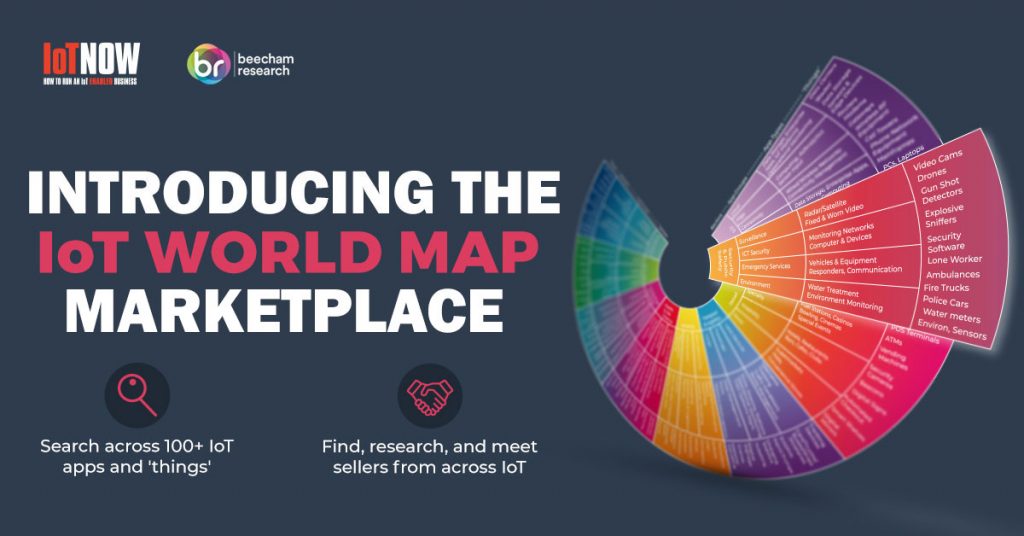
More IoT applications: 9 IoT applications that will change everything
2. IoT and Data Collection
Data is the new digital oil
At its core, IoT is all about data. Smart devices collect and transmit information, which is then analyzed and used to improve performance, user experience, and even sales strategies. As IoT continues to expand, the amount of data collected and analyzed will grow exponentially, enabling increasingly personalized and connected experiences.
All these devices at their most basic, simply collect data. This information is used to streamline, manipulate and measure the way you interact with the world. From your online habits to your physical day-to-day routine – every single thing you do or don’t do is, or will very soon be, monitored.
In the case of connected ‘things’ – now known as ‘smart devices’ due to their ability to collect and transmit information – each one sends bytes of data over the internet to an application that interprets and collates that data into valuable insights. Your service provider and the product manufacturer can then use those insights to achieve a variety of objectives – from improving the device’s performance, and your experience of using it, to identifying how or when they should be selling you extra services or products.
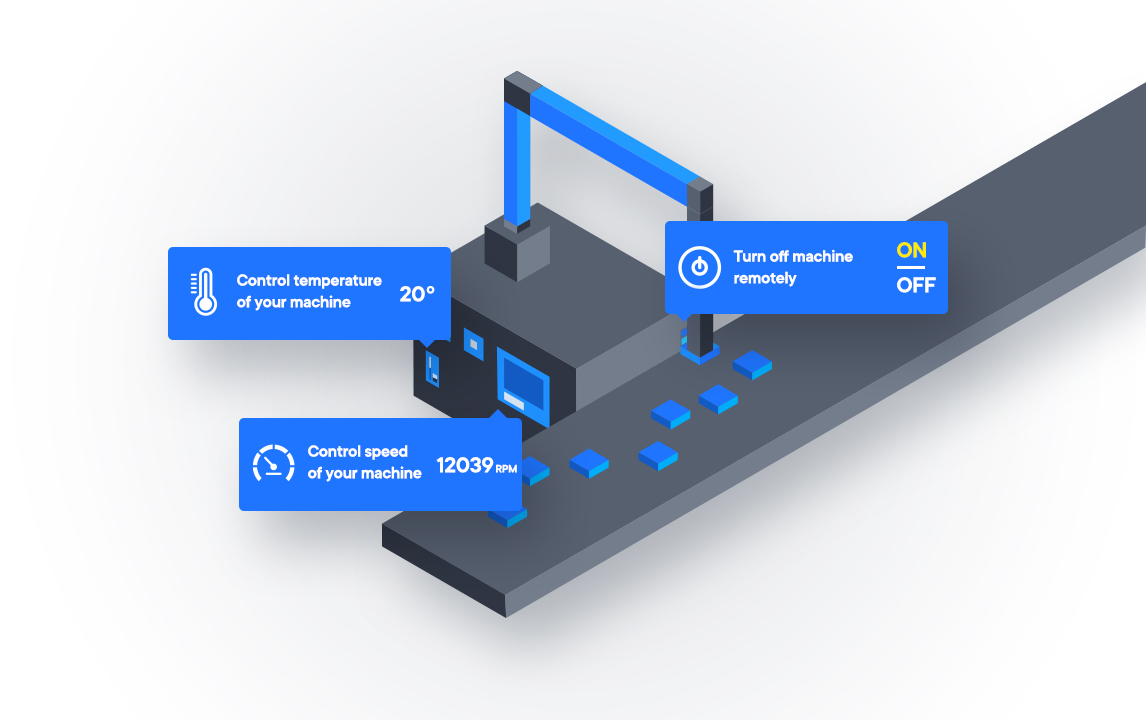
But from your perspective, the real value of all this data being collected and monitored, means that ultimately you will go about your life in a ‘connected environment’ where every device knows what you want, when you want it and how you like it.
Read also: 5 challenges of IoT
Of course, there’s a lot more to it than that. Here’s another angle.
On a factory floor there can be hundreds of machines, extremely expensive equipment, all working at once. The smooth operation of an industrial production line typically involves high maintenance costs to keep the machines running and functioning properly, in order to reduce downtime and inevitable loss of income.
Connecting these machines, by installing sensors to collect and transmit performance data over the internet, means that technicians can now be alerted in advance of there being a breakdown. Pre-emptive maintenance and outage avoidance is expected to inject millions of dollars of profit into industrial enterprises within the next five years. These projections are kind of hard to ignore.
On the topic of sensors and machines, this brings us to what I’m most excited about – how all these connected devices will impact our cities. I honestly believe that the elements of IoT we’ll all benefit from the most are those being implemented across our hometowns – otherwise known as ‘smart city’ applications.
Until just a couple of years ago, every city across the world was, by contrast, officially ‘dumb’. By installing IoT sensors into the new and existing infrastructure that we use every day, our cities will become cleaner, safer and far more efficient. I’m not talking about flying cars and futuristic buildings, rather initiatives like intelligent waste management, environmental monitoring, intelligent traffic and public transport management and smart metering systems that will bring seismic improvements to outdated procedures. It will be a step change to how we live, work, appreciate and move around in our respective urban environments.
For instance, let’s take waste management as a small example. If city councils installed sensors in both the storage containers on garbage trucks, as well as in the public and residential bins throughout the city, municipalities would be proactively informed when bins actually need emptying, if they’re overflowing, missing or damaged. Clearly, they could and should use this intelligence to optimise their route-planning to save hundreds of thousands of dollars in unnecessary collection runs, and maintain higher environmental standards and healthier environments for the urban dweller.
Read also: IoT and home automation – what does future hold?
3. IoT Connectivity
A variety of connectivity options underpin the Internet of Things, including cellular networks, Wi-Fi, and low-power wide-area networks (LPWANs). Each type of connectivity offers different benefits in terms of power consumption, range, and bandwidth. IoT devices often intelligently select the best connectivity option based on their specific needs.
So, what precisely is connecting all of these IoT things?
2G, 3G, 4G and 5G are terms that we all know and understand well but how about radio, Wi-Fi, NB-IoT, 0G or LPWAN? There are various types of connectivity that can underpin the Internet of Things and these latter ones are arguably the most widely used outside of pure cellular connectivity.
When we talk about the ‘internet of things’ it’s not immediately clear which type of ‘internet’ connectivity we’re referring to because many devices are now being designed to intelligently select the connectivity that best suits its needs, based on the following three things:
- Power consumption – How much power does the device or sensor need to operate?
- Range – Does it need to connect and send data over great distances?
- Bandwidth – Will it transmit small or large amounts of data e.g. low bandwidth and high bandwidth?
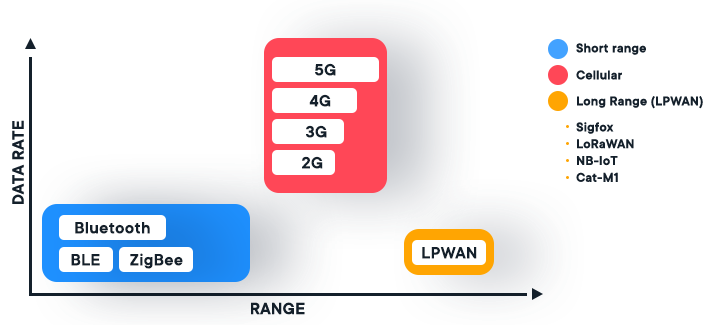
Two of the most commonly utilised connectivity networks are:
Cellular
Most of us are very familiar with cellular connectivity as it is used around the world to connect our mobile phones to the internet. IoT devices also use cell towers to connect to a cellular network. Cellular connectivity is prolific, has excellent range and the capacity to send high volumes of data over the network but uses a lot of power and, therefore, is not ideal for IoT devices which don’t have access to an immediate power supply and need a long battery life to operate over long periods of time, for instance in rural or agricultural areas.
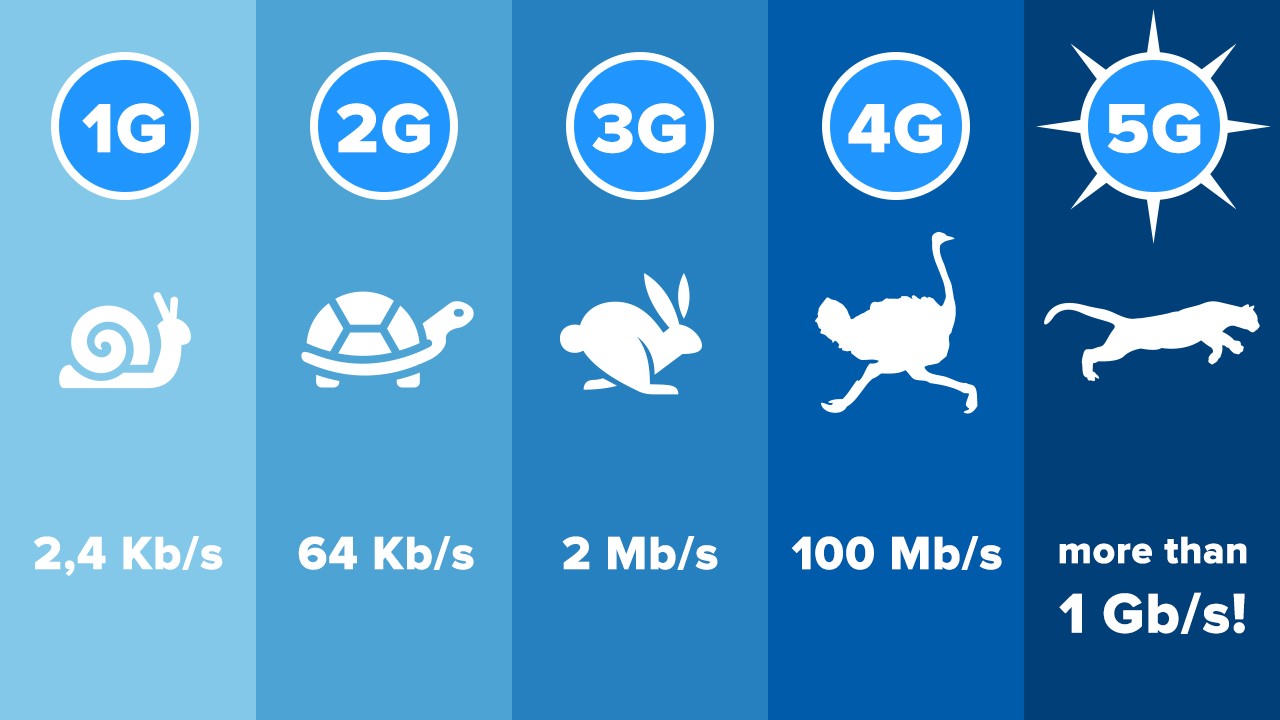
LPWAN
‘LPWAN’ stands for Low-Power Wide-Area Network, which is a type of radio technology and is so far one of the most ideal connectivity networks available to IoT sensors that are deployed in areas where there is a lack of range. These devices are usually battery-powered and send very small packets of data over the network. This connectivity is ideal when it comes to monitoring utilities such as water, gas and electricity using smart meters and for farming and agriculture to check on water quality, sensing soil moisture and tracking livestock.
4. The Future of IoT
While IoT is already impacting our lives in numerous ways, its full potential is yet to be realized. Businesses that invest in IoT stand to gain in cost efficiencies, streamlined operations, and improved performance analysis. However, the adoption of IoT also raises questions about data privacy and security as we become more connected than ever before.
There’s much more to IoT than just efficiency
Sure, IoT takes a lot of the guesswork out of mundane, day-to-day tasks but from a broader perspective and on a deeper level, we are looking at a new dawn in the evolution of society. The internet of things is enabling a huge shift in the way we approach life, reinventing the processes of practically every task we fulfil or every service we touch.
For businesses, it’s all about securing greater profit. Market commentators are leaving enterprises in no doubt that they must transform and invest in the IoT to stay relevant. They assert that investment in the internet of things will pay dividends in cost efficiencies, streamlining operations, mitigating risk and optimising back-end performance analysis.
All sounds logical and achievable, right? Well, the truth is that businesses are actually way behind the consumer in adopting these technologies and this lag is already claiming its first victims. Whilst devising the deployment strategies for businesses wanting to adopt IoT is perhaps more complex than originally anticipated, what is abundantly clear is that companies who are not looking to get IoT-fit in the very near future, stand to lose in a race that they have no choice but to compete in.
For the consumer, it’s all about saving time, finding a smarter way to live and to work, using our resources more intelligently and conservatively and somehow, making things ‘easier’. The flip side to this coin is clearly the huge amount of highly personal data that we all sign away in exchange for access to the benefits that this hyper-connected world offers – but, perhaps you’re just like me and rely on being too ‘ordinary’ to be worth spying on! Surely there can’t be anything wrong with surrendering your personal usage data to an analytics cloud in the sky, as a simple contribution to improving said services and contributing to society’s digital transformation – can there?
5. What is IoT: simple video explanation
Video explaining what is IoT in simple animation from EconocomTV
Downloads:
What Is IoT Powerpoint pptx presentation
Download presentation
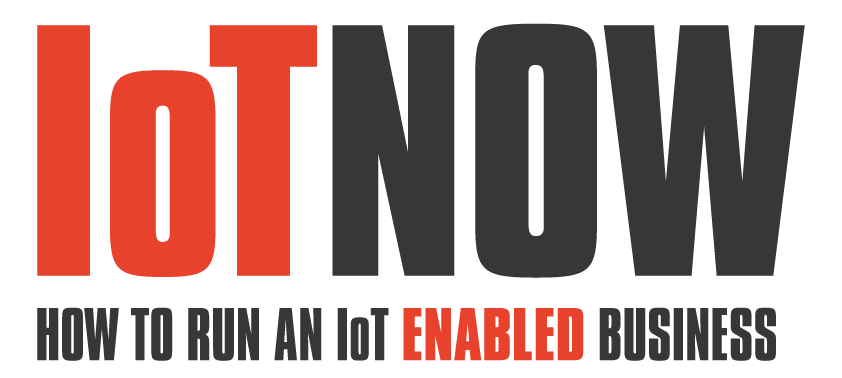
IoT Now press releases are carefully selected IoT news from the IoT market.









